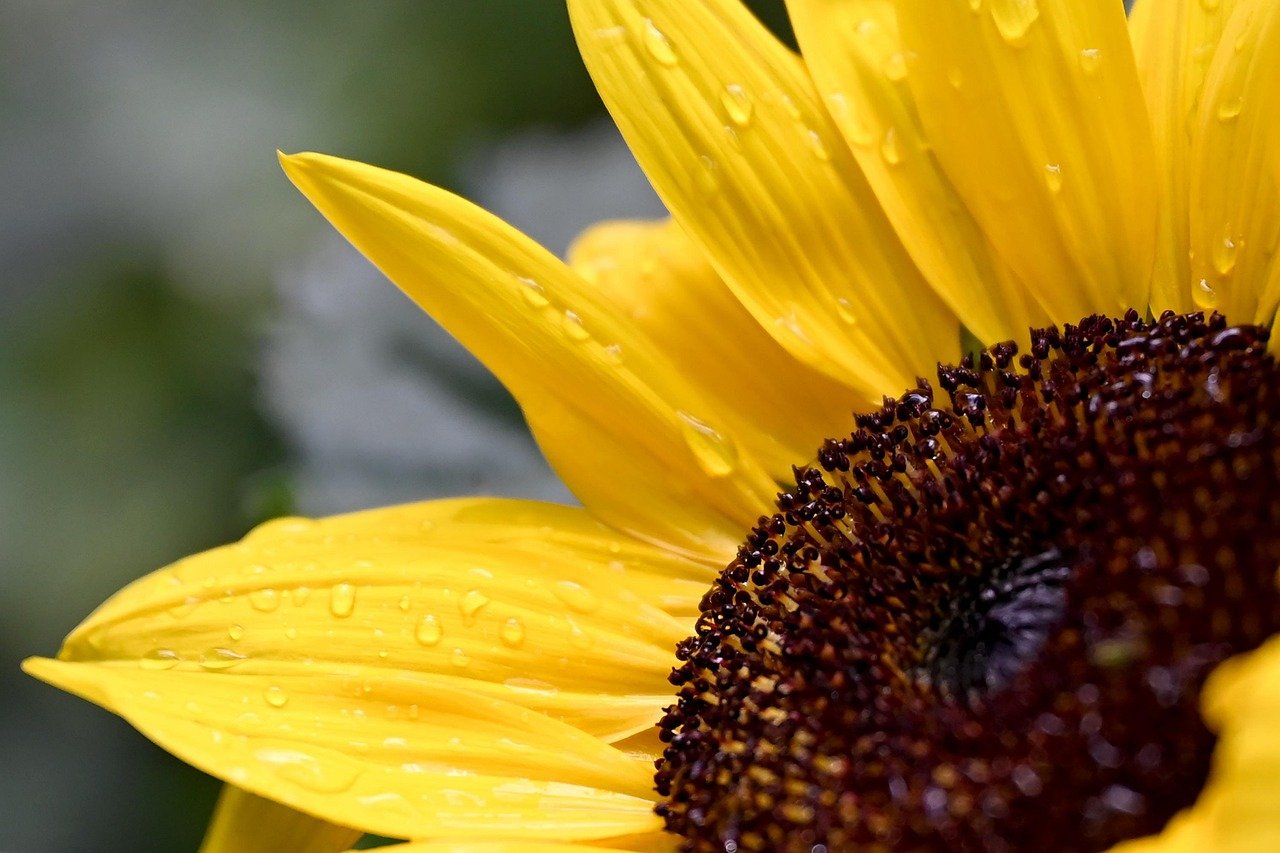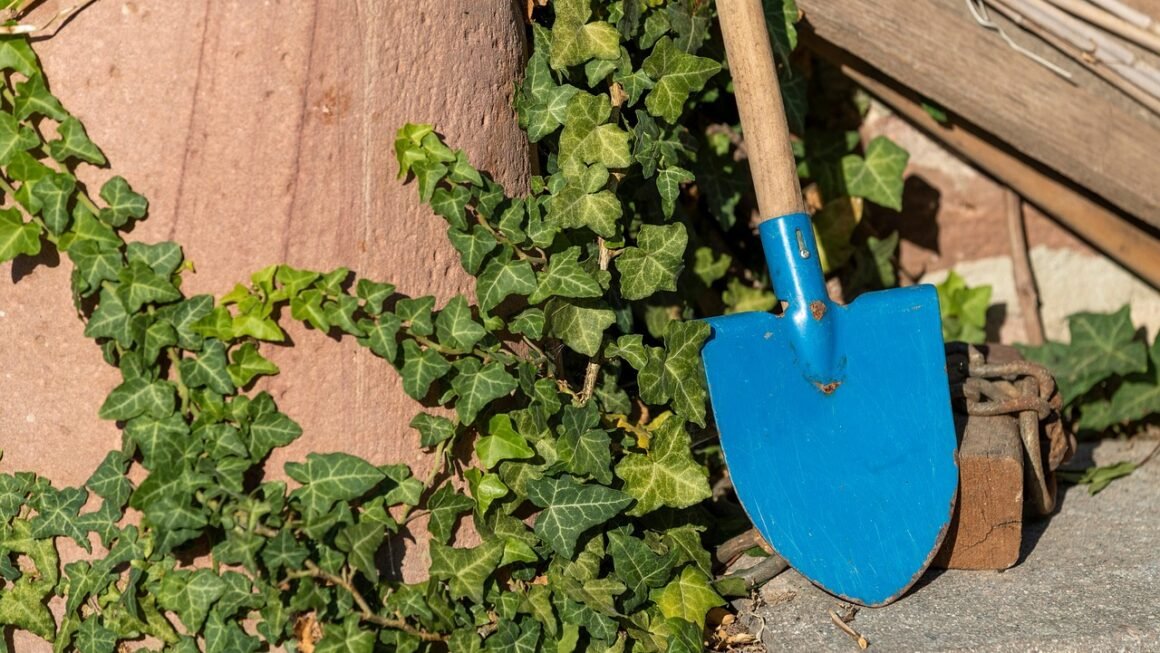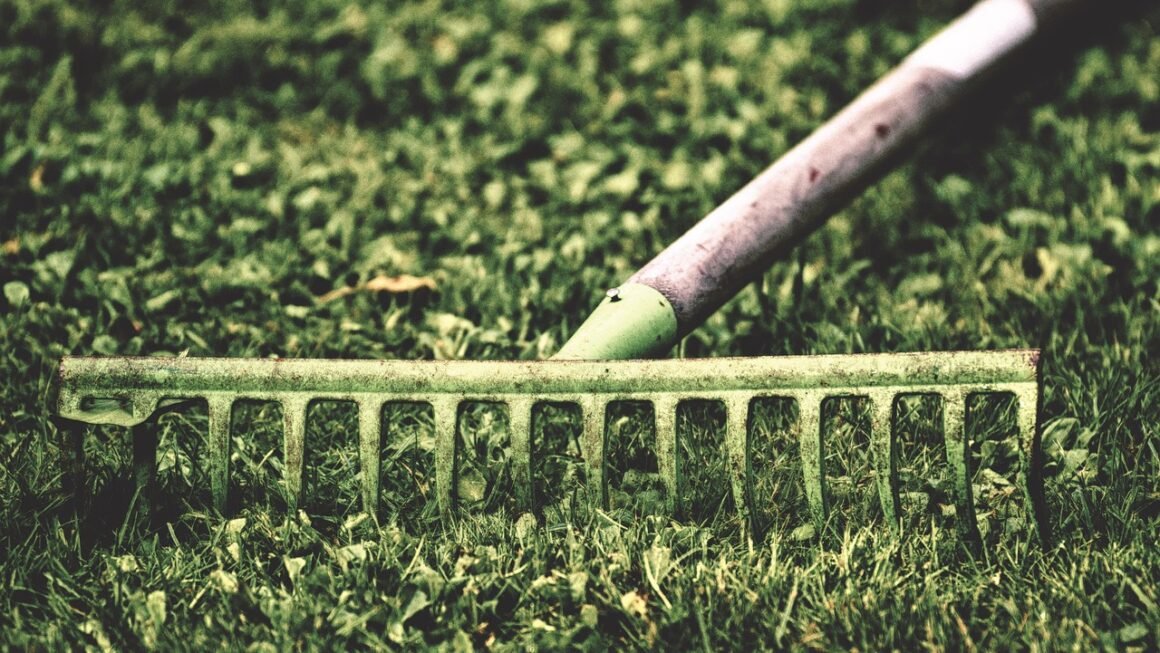Soil – it’s the silent partner in every thriving garden, lush lawn, and bountiful harvest. But often, it’s overlooked and underappreciated. While fertilizers provide essential nutrients, they only address part of the equation. A healthy soil structure is crucial for nutrient uptake, water retention, and overall plant health. That’s where soil conditioners come in, transforming hard-packed clay or sandy wastelands into thriving ecosystems. Let’s delve into the world of soil conditioners and discover how they can revolutionize your gardening experience.
What is a Soil Conditioner?
Definition and Purpose
A soil conditioner is any material added to the soil to improve its physical properties, such as aeration, water retention, drainage, and structure. Unlike fertilizers, which directly feed plants, soil conditioners primarily improve the soil environment, making it more conducive to plant growth. They are essentially soil improvers, working from the ground up.
Key Differences from Fertilizers
It’s vital to differentiate soil conditioners from fertilizers.
- Soil Conditioners: Improve the soil’s physical properties; enhance water retention and drainage; improve aeration and soil structure.
- Fertilizers: Provide essential nutrients (nitrogen, phosphorus, potassium, etc.) directly to plants for growth; do not significantly alter soil structure.
Using both soil conditioners and fertilizers is often the best approach to achieve optimal plant health. Think of it this way: soil conditioners prepare the soil for the feast, while fertilizers provide the feast itself.
Types of Soil Conditioners
Soil conditioners come in various forms, each offering unique benefits:
- Organic Soil Conditioners: Derived from living organisms, offering a natural approach to soil improvement. Examples include:
Compost: Decomposed organic matter like leaves, food scraps, and yard waste.
Manure: Animal waste, rich in nutrients and organic matter.
Peat Moss: Decomposed sphagnum moss, excellent for water retention.
Coco Coir: Derived from coconut husks, a sustainable alternative to peat moss.
Worm Castings: Highly concentrated form of compost produced by earthworms.
- Inorganic Soil Conditioners: Synthetic or mineral-based products designed to improve specific soil properties. Examples include:
Gypsum: A mineral that helps break up clay soil and improves drainage.
Vermiculite: A mineral that expands when heated, improving aeration and water retention.
Perlite: Volcanic glass that improves drainage and aeration, especially in potting mixes.
- Synthetic Polymers: Man-made polymers that improve water retention and aeration, but come with environmental considerations.
Benefits of Using Soil Conditioners
Improved Soil Structure
Soil structure refers to the arrangement of soil particles into aggregates. Well-structured soil has good porosity (space for air and water), which is essential for root growth and nutrient availability.
- Clay Soil: Conditioners like gypsum and compost break up the tightly packed clay particles, improving drainage and aeration.
- Sandy Soil: Conditioners like compost and peat moss help bind the loose sand particles, improving water retention and nutrient holding capacity.
Enhanced Water Retention and Drainage
The ability of soil to retain water and drain excess water is crucial for plant health.
- Water Retention: Organic matter acts like a sponge, holding water for plants to access when needed.
- Drainage: Proper drainage prevents waterlogging, which can suffocate roots and lead to root rot.
Increased Nutrient Availability
Soil conditioners improve the soil environment, making nutrients more accessible to plants.
- Improved pH Balance: Some conditioners, like lime, can raise soil pH, making nutrients more available to certain plants.
- Enhanced Microbial Activity: Organic matter feeds beneficial soil microorganisms, which play a vital role in nutrient cycling.
Enhanced Root Growth
A well-conditioned soil provides an optimal environment for root growth.
- Looser Soil: Easier for roots to penetrate and expand.
- Improved Aeration: Allows roots to breathe and absorb nutrients effectively.
Reduced Soil Erosion
By improving soil structure, conditioners help bind soil particles together, reducing the risk of erosion from wind and water. This is especially crucial for sloping areas and regions prone to heavy rainfall.
Choosing the Right Soil Conditioner
Assess Your Soil Type
Before selecting a soil conditioner, it’s crucial to determine your soil type. You can perform a simple jar test to get an idea of your soil composition (sand, silt, and clay).
Identify Your Specific Needs
Different soil conditioners address different soil problems.
- Clay Soil: Gypsum, compost, and coarse sand can help break up the clay.
- Sandy Soil: Compost, peat moss, and coco coir can improve water retention.
- Acidic Soil: Lime can raise the pH.
- Alkaline Soil: Sulfur can lower the pH.
Consider the Cost and Availability
Some soil conditioners are more readily available and affordable than others. Compost is often readily available at home through composting. Peat Moss is readily available but is harvested from peat bogs and has significant impacts on the environment. Consider sustainable alternatives such as coco coir.
Read Product Labels Carefully
Pay attention to the ingredients and application instructions. Some conditioners may contain additives that you want to avoid. Make sure you’re using a product that’s safe for your plants and the environment.
Conduct a Soil Test
For a more accurate assessment of your soil’s needs, consider conducting a soil test. This will provide detailed information about your soil’s pH, nutrient levels, and organic matter content, allowing you to choose the most appropriate soil conditioner. Many local extension offices or garden centers offer soil testing services.
How to Apply Soil Conditioners
Timing of Application
The best time to apply soil conditioners is typically in the spring or fall, before planting. This allows the conditioner to integrate into the soil before the growing season. However, some conditioners, like compost, can be applied at any time of year.
Application Methods
The application method will vary depending on the type of soil conditioner and the size of your garden.
- Spreading: Most conditioners, such as compost and manure, can be spread evenly over the soil surface using a shovel or spreader.
- Tilling: Tilling the conditioner into the soil helps to incorporate it more effectively, especially in compacted soils.
- Side-dressing: Applying conditioner along the sides of existing plants can provide a boost of nutrients and improve water retention.
- Amending Planting Holes: When planting new plants, amend the planting hole with a mixture of soil and conditioner to create an optimal environment for root growth.
Dosage and Frequency
Follow the manufacturer’s instructions for dosage. Applying too much conditioner can be as detrimental as not applying enough. For most organic conditioners, a 2-4 inch layer is sufficient. Reapply annually or as needed.
Safety Precautions
When handling soil conditioners, especially manure, wear gloves and a mask to protect yourself from potential pathogens. Wash your hands thoroughly after handling soil conditioners.
Examples of Effective Soil Conditioning
Vegetable Gardens
Amending vegetable garden soil with compost is a standard practice. It improves drainage in clay soils, water retention in sandy soils, and overall soil fertility, leading to higher yields and healthier vegetables. Adding worm castings provides an extra boost of nutrients.
Flower Beds
For flower beds, peat moss or coco coir can improve water retention, which is crucial for flowering plants. Mulching with compost adds nutrients and suppresses weeds.
Lawns
Aerating the lawn and topdressing with compost improves drainage and reduces thatch buildup. This leads to a healthier, greener lawn that is more resistant to disease and pests.
Container Gardening
Potting mixes often lack the nutrients and structure of garden soil. Adding vermiculite and perlite to potting mixes improves aeration and drainage, while compost provides essential nutrients.
Conclusion
Soil conditioners are the unsung heroes of healthy plants and thriving gardens. By understanding your soil type, identifying your specific needs, and choosing the right conditioner, you can transform even the most challenging soils into fertile ground. Whether you’re a seasoned gardener or just starting, incorporating soil conditioners into your routine is a guaranteed way to improve your plants’ health, increase your yields, and create a more sustainable and beautiful outdoor space. Don’t just feed your plants; nourish your soil. The results will speak for themselves.




